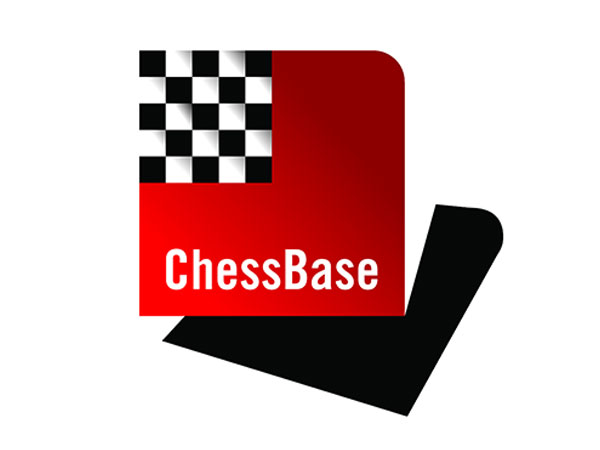


For a chess player, chess pieces are like specific tools in a toolbox. We need to know how to use them best, like a craftsman knows their tools. We shouldn’t use a screwdriver to hammer in a nail; and we shouldn’t use the queen just for defence. This series will show you in great detail the specific qualities of each chess piece, so that you can maximize their effectiveness and thus improve your game. Queens are the true ladies of the chessboard. They are dangerous attackers, but poor defenders. They dislike dirty work, and often wait until other pieces prepare space for them. Let us learn together how to find the best spot for the queen in the early middlegame, how to navigate this piece around the board, how to time the queen attack, how to decide whether to exchange it or not, and much more!
You may know all about the attacking potential of the queen, but are you aware that you should generally avoid using the queen as a defender? Obviously, there are exceptions to this rule, but queens are clearly best utilised in attacks. Jan Markos shows why in the following example:
The white pawn is quite advanced. How to blockade with Black? Use the Queen or the Bishop?
An example clip from the video course will give you insights.
Jan Markos is a grandmaster from Slovakia.. He is the author of numerous excellent books and for some time has also been a writer for ChessBase. Besides his column in ChessBase Magazine "Practical tips for the tournament player" he writes a column for ChessBase News "The Winning Academy". With his new video series "Middlegame Secrets" the specific qualities of each piece are explained in detail. Each piece has certain tasks for which it is better suited than others. With the help of rules of thumb and principles, The Queen and the Rook are dealt with in the first two volumes. Markos knows how to break down the complexity of the pieces into simple rules of thumb. This makes it easier to learn and apply. On the occasion of the publication of the courses, we have made a nice interview with the author:
| Advertising |